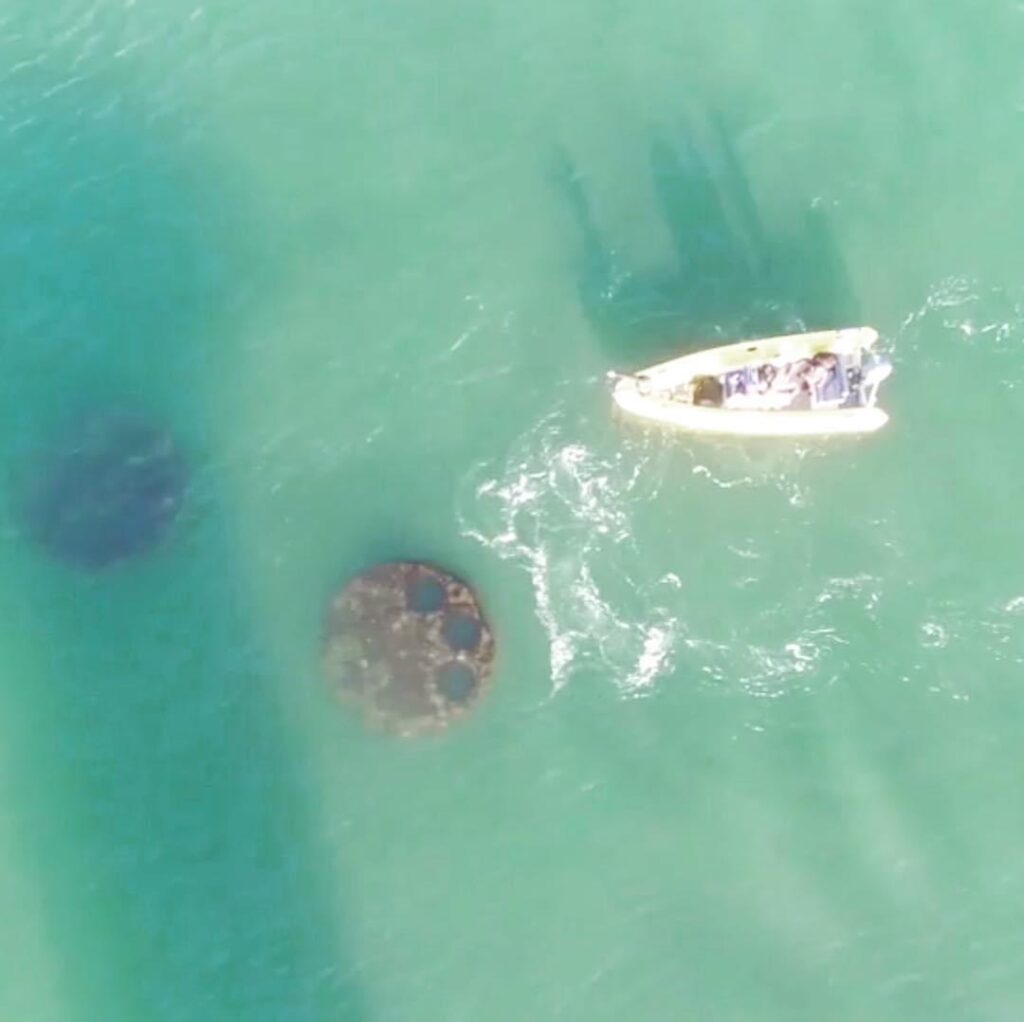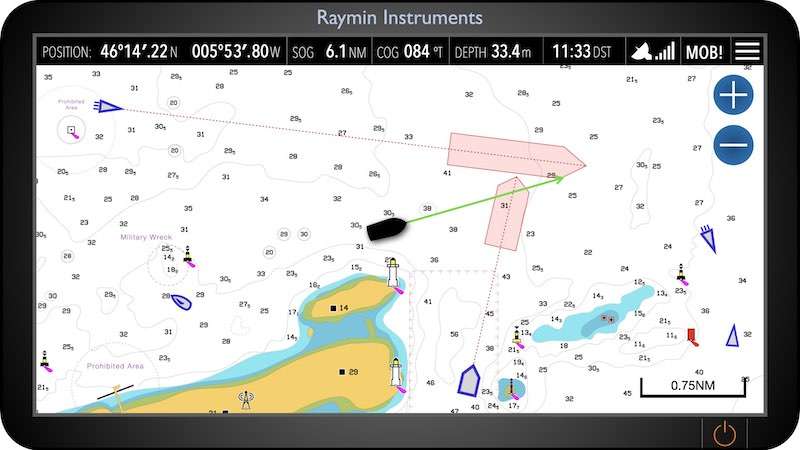Understanding the Complex Dance of Atmospheric Forces: What Causes Weather?

Weather is a dynamic and ever-changing aspect of our natural environment that profoundly impacts our daily lives. From sunny days to thunderstorms, the variety of weather conditions we experience results from complex interactions within Earth’s atmosphere. This article will delve into the key factors that cause weather and explore the intricate mechanisms that shape our atmospheric conditions.
The Atmosphere and its Composition:
The Earth’s atmosphere, a mixture of gases surrounding the planet, plays a crucial role in determining the weather. Comprising primarily nitrogen, oxygen, carbon dioxide, and trace amounts of other gases, the atmosphere creates a protective layer that absorbs and reflects solar radiation. This interaction between the atmosphere and incoming solar energy is the foundation of weather patterns.
Solar Radiation and Heat Distribution:
The Sun is our planet’s primary energy source, emitting electromagnetic radiation, including visible light. When this solar radiation reaches Earth, it is not distributed uniformly across the globe. The equator receives more direct sunlight than the poles due to the curvature of the Earth, leading to variations in temperature and pressure.
As sunlight strikes the Earth’s surface, it heats the land, oceans, and atmosphere. Different surfaces absorb and retain heat differently, creating temperature variations. Warm air near the surface rises, creating areas of low pressure, while cooler air descends, resulting in high-pressure regions. This uneven temperature and pressure distribution sets the stage for the atmospheric phenomena that shape our weather.
The Water Cycle:
Water vapour, a critical atmosphere component, is central in forming weather patterns. The water cycle, a continuous process of evaporation, condensation, precipitation, and runoff, regulates the movement and distribution of moisture in the atmosphere. Evaporation occurs when heat from the Sun transforms liquid water into water vapour, which rises into the atmosphere.
As moist air rises, it cools and condenses into clouds, releasing latent heat. This process not only contributes to cloud formation but also fuels the development of precipitation, such as rain, snow, sleet, or hail. The movement of air masses, driven by the water cycle, contributes to the diverse weather conditions experienced globally.
Wind Patterns and Atmospheric Circulation:
The Earth’s rotation and the uneven distribution of solar energy create complex wind patterns and atmospheric circulation. The Coriolis effect, a result of the planet’s rotation, causes moving air masses to curve, shaping the major wind belts on Earth. The polar easterlies, westerlies, and trade winds are key components of the atmospheric circulation system.
These wind patterns influence weather phenomena such as cyclones, anticyclones, and monsoons. Cyclones, for example, form over warm ocean waters and are driven by the release of latent heat from condensing water vapour. Understanding these atmospheric circulation patterns is crucial for predicting and understanding regional weather variations.
Topography and Local Influences:
Beyond the global factors affecting weather, local features like mountains, bodies of water, and urban areas can significantly influence regional weather patterns. Mountains, for instance, play a role in blocking or redirecting air masses, leading to variations in precipitation on the windward and leeward sides.
Proximity to large bodies of water, such as oceans or lakes, can moderate temperatures by absorbing and releasing heat more slowly than land. This effect is known as maritime influence and contributes to creating coastal climates. With their concrete and asphalt surfaces, urban areas can create microclimates, influencing local temperature and precipitation patterns.
As technology and research advance, our understanding of weather patterns deepens, allowing us to better predict and adapt to the forces that govern our atmospheric environment. Weather results from complex atmospheric processes, including solar radiation, the water cycle, wind patterns, and local influences. Understanding these mechanisms is essential for meteorologists, scientists, and anyone seeking to spend time on the water.
You can learn more about the weather in our Meteorology module, part of our FREE Sailing Essentials course.






